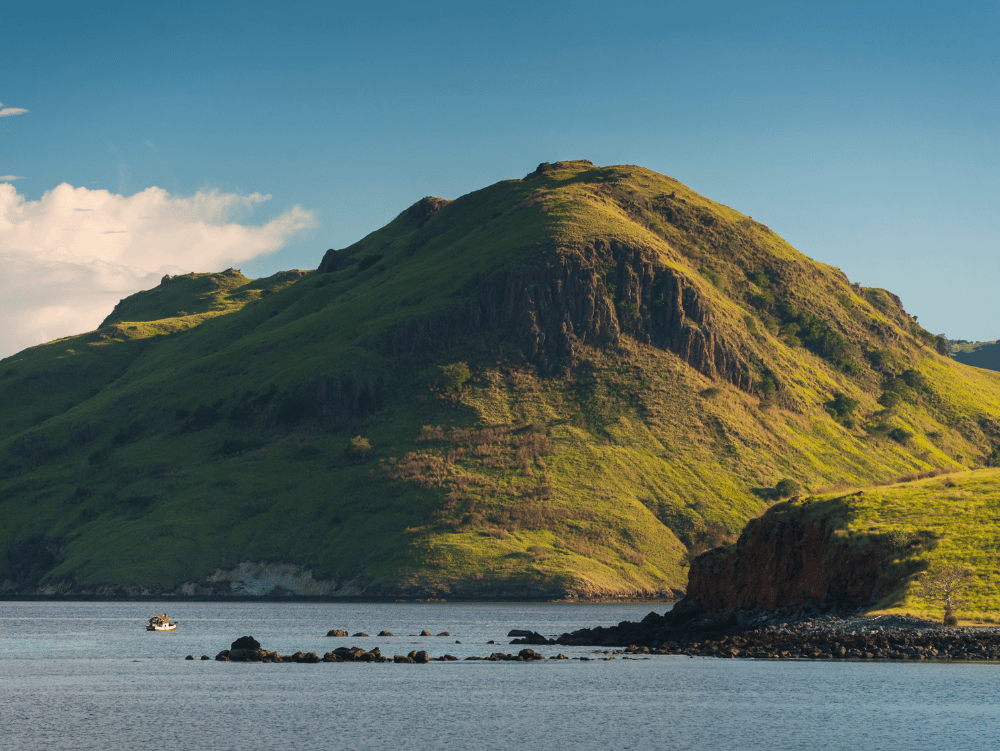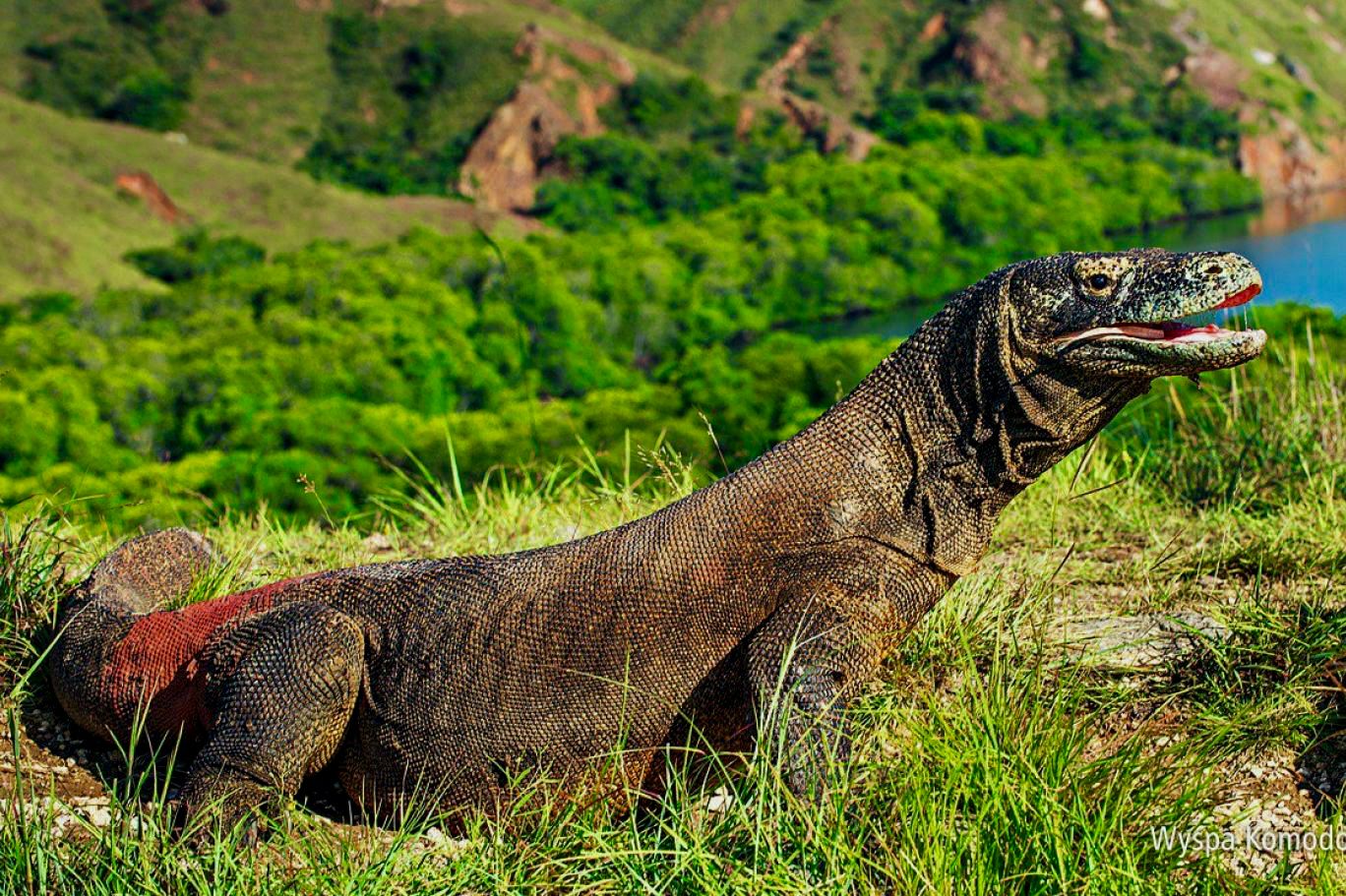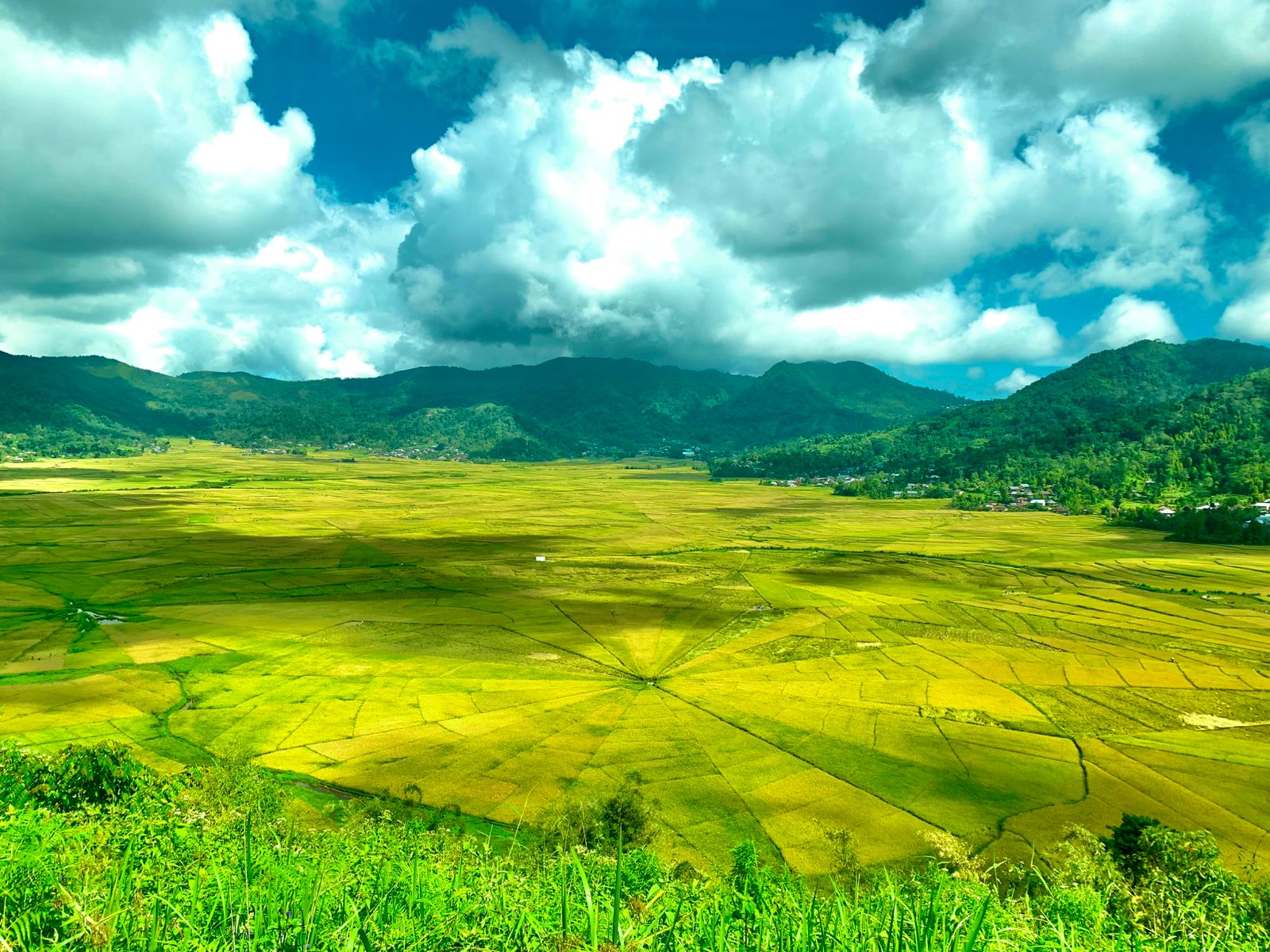Travel Stories & Insights

Tips for Planning an Unforgettable Trip to Komodo Island
Komodo Island is one of the world’s wonders that you should visit at least once in your lifetime. To ensure your holiday runs smoothly, here are a few important tips to keep in mind.
First, choose the best time to visit, which is between April and October. During this period, the weather is usually sunny, making it perfect for outdoor activities.
Second, prepare yourself physically. Activities on Komodo Island, such as trekking to see Komodo dragons in their natural habitat or hiking up the hills to enjoy breathtaking views, require good stamina. With a fit body, you’ll enjoy every moment of the journey even more.
Third, don’t forget to bring the right essentials. Sunscreen, sunglasses, light clothing, and trekking shoes are must-have items that will make your trip more comfortable. And of course, a camera is essential to capture the incredible beauty of Komodo Island.
To make your holiday easier and more organized, take advantage of the services offered by Alam Komodo Tour. We provide a variety of Komodo Island tour packages that already include transportation, accommodation, and exciting itineraries. This way, you can simply focus on enjoying the trip without worrying about complicated preparations.

Meet the Komodo, the Apex Predator from the Dragon Island
Komodo dragon is the largest lizard in the world, with an average length of 2-3 metres and a weight of up to 100 kg. Komodo dragon is the peak predator in its habitat because so far it is not known that there are other large carnivorous animals other than this salamander, Komodo dragon has a tail that is the same length as its body. Although the Komodo dragon is listed as the largest lizard in the world, it is not the longest species
Male Komodo dragons are larger than female Komodo dragons. Inside the mouth of an adult Komodo dragon, there are about 60 sharp serrated teeth about 2.5 cm long Komodo dragon has a long tongue, brownish yellow and branched. Komodo dragons are able to see up to 300 metres, this animal cannot see well in the darkness of the night. Komodo dragons are able to distinguish colours but not very capable of distinguishing motionless objects. Komodo dragons do not have a sense of hearing, although they have ear holes. Komodo dragons use their tongues to smell their prey. To catch prey that is out of its reach, the Komodo dragon can stand on its hind legs and use its tail as a support. As they get older and their body size, Komodo dragons often use their claws as weapons, because their large body size makes it difficult to climb trees. For shelter, the Komodo dragon is able to dig a hole 1-3 metres wide with its front legs and strong claws. Because of its size and habit of sleeping in a hole, Komodo dragons can maintain their body heat during the night and reduce sunbathing time in the morning. Komodo dragon is an animal that eats other animals (carnivores). However, this biwak more often eats carrion meat. Komodo dragons hunt live prey by settling down followed by a sudden attack on their victims. When the prey is within reach, the Komodo dragon immediately attacks it by biting on the lower side of the body or throat. Komodo dragons find their prey using their tongues which can smell their prey, dead or dying animals at a distance of up to 9.5 kilometres.
Komodo dragons eat their prey by tearing large pieces of meat, then swallowing them whole.

Discovering Flores: History, Legends, and Unique Traditions
About Flores
Portuguese traders and missionaries arrived in Flores in the 16th century and named it Flores Cabo das Flores, or Flower Cape. The name was likely inspired by the island’s vibrant underwater world—corals, fish, and other marine life.
Around 15 million years ago, the Lesser Sunda Islands emerged from the sea due to the movement of the Australian tectonic plate beneath the Eurasian plate. This created a volcanic arc, known as the Ring of Fire, which remains active today. Flores is home to 14 active volcanoes.
In 1992, an earthquake measuring 7.8 on the Richter scale struck Flores, triggering a tsunami that devastated the island. The city of Maumere was destroyed, and 3,000 lives were lost.
History of Flores
Around 1570, the Portuguese began trading spices in Flores while introducing Catholicism to the island. The port city of Larantuka became their main trade hub. Many Portuguese married local women, and their descendants—known as the Topas—played an influential role in the sandalwood trade from Timor, Historically, the name “Flores” was first used by S.M. Cabot to refer to the eastern part of the island. It became the official name in 1636 under the Dutch East Indies Governor-General Hendrik Brouwer. However, research by Orinbao (1969) revealed the island’s original name was Nusa Nipa, meaning Snake Island. Anthropologically, this older name carries deeper philosophical, cultural, and traditional significance for the people of Flores.
Culture and Traditions
The people of Flores remain deeply rooted in customs and beliefs. Alongside their reverence for God, ancestral spirits—both benevolent and malevolent—hold an important place in daily life. To ensure the spirits’ goodwill, offerings such as chickens, pigs, or cows are made.
Ceremonies accompany significant life events, including birth, marriage, travel, illness, and death. Rituals are also performed to bless planting and harvest seasons, usually in or around traditional houses.
